Writing to Every Audience, for Every Brand
With an MFA in creative nonfiction, I offer consumers a unique perspective by blending literary narrative with my marketing background. A blogger since 2001, I've known the genre before it became an essential element of every marketing toolbox. My work has been published in literary journals, national newspapers, and featured on Medium.com. Whether guiding new freelance talent from a rough idea to a polished article through or publishing viral op eds on tough topics, my strong voice gets through to all kinds of audiences.
Featured Publication:

The Colors of His Addiction
The Los Angeles Times, February 24th 2019
This blend of personal narrative and current statistics was featured in the LA Times Sunday’s Opinion section, and was the most read online article on the day of its publication. Shared on the AP wire, it was re-published in newspapers across the country to raise awareness to the opioid epidemic.
Opinion
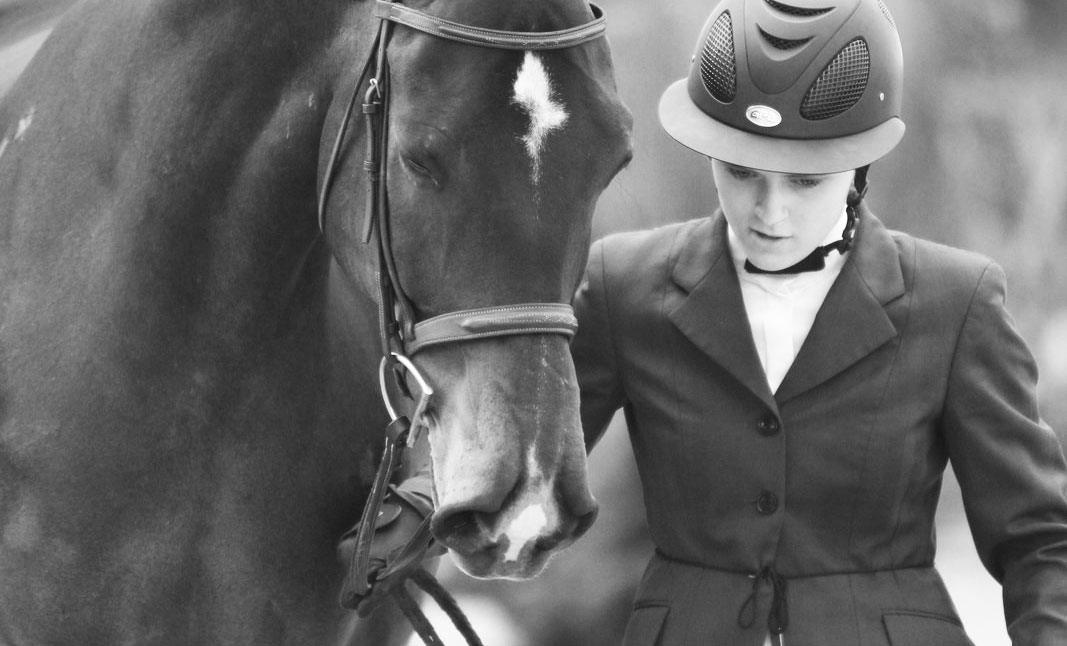
She was a talented rider. She was smart, accepted into med school and ready to kick ass in a tough career. She was kind. She was beautiful. She was loved. And she was gone. Here is the thing that burns me about suicide, even more than crying over my phone after reading about the loss of a friend hundreds of miles away. As a society, we don’t like to actually say what happened. See those messages above? Even the own paragraph I wrote about my friend. We can’t name it. Killed. Dead. Deceased. Written after Anthony Bourdain’s suicide, this blog blends personal narrative with social commentary. Consistently the top-read post on theplaidhorse.com, even a year after its original publication. Published online at The Plaid Horse blog. Read entire post.

“I think if I can put it all together, he has a chance to do okay in the hunters,” I said while I hopped off my free Thoroughbred. He’s got sticky changes, a need for speed and extremely questionable hocks. I had long ago decided that we’d stay in the hunter ring because it was where I felt happiest, but knew we didn’t stand a chance against Warmbloods and nicer horses. “There’s no reason he shouldn’t be able to pin in the middle of the pack with a decent trip,” I added. “How about winning?” she replied. “There is no reason this horse can’t win.” That’s when I realized that my trainer believed in me and my horse before I did. See, riding has never exactly been easy for me. I’ve been significantly overweight my entire equestrian career. I have extreme trust issues, and get scared easily. Plus, I’ve racked up years of bad habits from riding on my own in my early 20’s. My horse, Simon, wins people over with his personality and heart, but historically he’s not been the kind of creature that turns heads at the horse show. He’s the horse you call cute, but not fancy. Feel good piece about believing yourself, and being surrounded by people that do as well. Published online at The Plaid Horse blog, and top performing post of 2018. Read entire article.
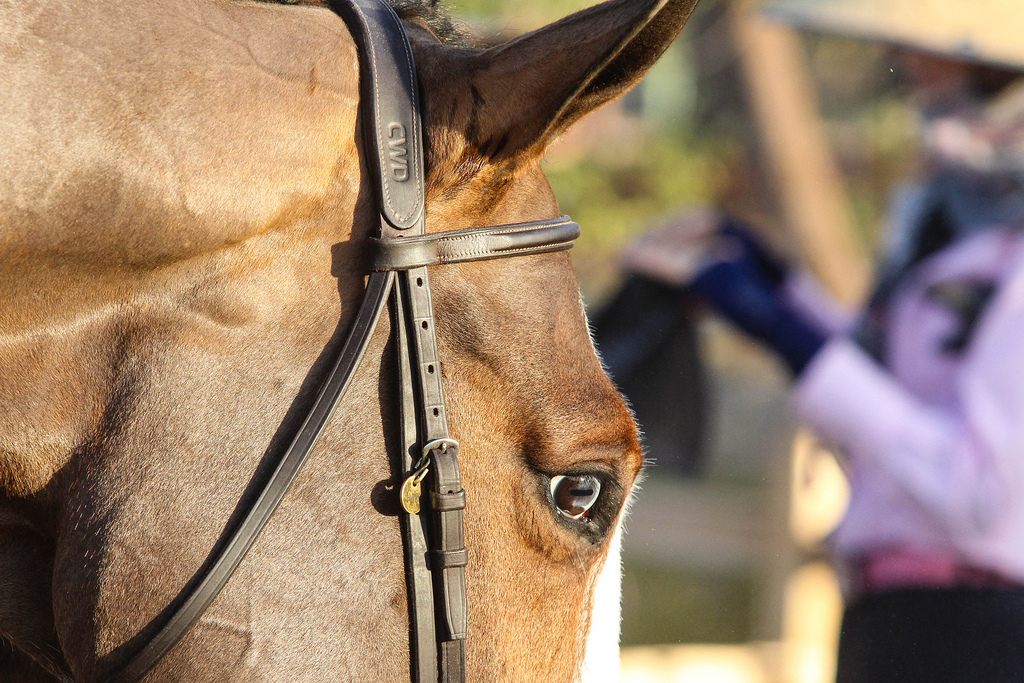
Poor is a relative word, and horse people know that. I can’t deny the huge luxury it is to have a horse, any horse. In a country where many struggle to afford healthcare, grocery bills and safe housing, no equestrian should ever complain about being poor. The fact of the matter is that in the grand scheme of things, one who rides cannot be truly poor. However, it sure feels that way sometimes. I walk within different circles in my life. At school in my graduate program, I’m pretty wealthy. I’ve got stable income, own a house, have some savings. But in the hunter/jumper circuit world, I’m the tiniest of peons. An insignificant gnat who locally shows OTTBs and has no plan (or desire) to ever get to the AOs. And I’m never more aware of that than when I go watch an AA show. Don’t get me wrong, I adore a glamorous circuit. Seeing Wellington for the first time opened my eyes to the hunter/jumper world more than any book, video or blog. I’m extremely fortunate to live a short drive from the HITS Desert Horse Park, and love heading to Coachella for long days watching exquisite hunters in the sun. Opinion piece on wealth disparity in the horse world. Published online to The Plaid Horse magazine blog. Read entire article.
Event Coverage

Sometimes it can feel hard to stand out in the hunter ring, but a beautiful, black horse and a 100 score in the handy is a good way to set yourself apart from the crowd. Michael Tokaruk had a fantastic showing at HIPICO Santa Fe Summer’s Fiesta Week, winning the $1,000 Professional Equitation Class with Vulkano’s Boy and topping a field of 19 in the $10,000 USHJA International Derby with Trademark Darmanville. All of that would be exciting enough on its own, but the derby win brought a few bonus firsts along as well. It was Trademark Darmanville’s first derby ever, and handy scores of 96 and 100 earned Michael his first 100. Interview with top placing horse show contestant. Published online at The Plaid Horse blog. Read entire article.

It was a strong day in Kentucky for west coast riders. For some, a really strong day. Really, a ten-year-old Mecklenburg black roan gelding, earned a combined score of 270.5 to place third in the classic behind Tori Colvin and Nick Haness respectively. After enjoying some turnout following his flight from Southern California, he made the flowing course look effortless much to the delight of his team including owner, Michelle Cob, rider, Jenny Karazissis, and trainer, Devon Gibson. “This is his MO. He loves to jump high—the higher, the better,” Devon said of his scope. “Jenny has said repeatedly, ‘If you pointed him at the VIP tent, he could jump it!’ Nothing is too big for him,” she added. Coverage from the 2019 USHJA International Hunter Derby Finals. Interview with top placing contest, conducted and published the day before the final class. Read entire article.

Yes, Tori Colvin is That Good As of tonight, Tori Colvin has won this championship three different times on three different horses. Her picture is all over the marketing material, jumps and signage, and next year will be no different. Her 2018 partner, Private Practice, was consistent but it was El Primero who wowed the judges this evening. “In the first couple of jumps I was holding his hand a little bit, and once I felt that he was comfortable I just went with it and tried to be as handy as I could,” Tori said of her winning trip. With scores in the mid 90’s, all four high options and handy points as high as 9, it’s no surprise she solidly clinched the win. What’s almost as impressive though, is how little time she’s spent with her winning mount. For this news assignment, I aimed to provide coverage of the final event of the horse show while giving it a different spin from other media outlets. Since our magazine was one of several in attendance, I opted for a listicle approach that contained a narrative element. This change in format led to a 760% increase in pageviews from our previous, more traditional news coverage, and a 65,000 organic social reach on Facebook. Published online for The Plaid Horse magazine. Read entire article.
Interviews

Stephen Dunn is a powerhouse of a poet. He is the author of 18 volumes of poetry and two essay collections, including the recently published Degrees of Fidelity (Tiger Bark Press). His 2000 collection, Different Hours, won the Pulitzer Prize and an Academy Award for Literature, and his 1996 collection Loosestrife was a finalist for the National Book Critics Award. A Distinguished Professor Emeritus at Stockton University, he has written his own eulogy — twice. In his poetry, Dunn blends creative fancy with accessible, impeccably timed verse. Billy Collins has written about his work: “The art lies in hiding the art, Horace tells us, and Stephen Dunn has proven himself a master of concealment.” In “Mon Semblable,” Dunn writes, “Though I know it’s unfair, / I reveal myself / one mask at a time” — an assertion that sets a high bar for any interview. Interview with Pulitzer Prize winning poet, Stephen Dunn. We discuss poetry, politics, and getting older as he looks back at the eulogy he wrote himself over ten years ago. Published in the Los Angeles Review of Books, January 2019. Read entire interview.

Lifelong equestrian and east coast native Andrew Ellis wears many hats within the hunter/jumper industry. Rider, horse show manager, announcer, USEF Safety Committee member, certified EMT. But he also has another label that we don’t talk about as much in our community—recovering addict. Andrew and I both share a passion for educating the public about opioid addiction. He has personal experience overcoming physical and mental dependence on drugs, and after losing my husband to an opioid addiction in 2015, I unfortunately have first-hand experience about the tragedy that comes from addiction. We took some time to chat about addiction, recovery and how we can tackle these important issues within our shared space in the horse world. A conversation with recovering addict, Andrew Ellis, on sobriety, addiction and substance abuse in the horse world. Published in The Plaid Horse magazine, April 2019. Read entire interview.
Profiles & Features

Working adult amateurs bond over many things, like battling nerves at the horse show and deciding how to best reward our saintly horses. But another thing many of us have in common is trying to make this equestrian dream work on a budget. New shoes, chiropractor visits, hauling to horse shows – it all adds up. Let’s face it, we spend most of our disposable income on riding. And we’re fine with that, but it can be a struggle. Equestrians, horse poor adult amateurs included, tend to have good taste. We like nice horses, and nice things to go with them. When a lot of your paycheck goes straight to the barn, finding quality goods for ourselves requires some creativity. While we might head to Nordstrom Rack or TJ Maxx for our work attire, where do we go to source tack and riding apparel at a discount? Sure, there are sales groups on social media, but those can get frustrating for buyers and sellers alike; you never fully know what you’re getting. In the equestrian world, where a lot of people have deep pocketbooks, it can seem like budget-minded riders have limited options. Profile to showcase a new, innovative business. Written for an equestrian audience on a budget, one that often feels alienated in an extremely expensive sport. Read entire article.

Some things will always be consistent on the hunter/jumper circuit: fashion trends grab attention with innovative designs and intricate details, and life will throw a curveball to your plans. Right now, a lot of trendy attire comes from Europe. Technical fabrics and micro-crystals have squeaked into tradition. There are tons of colors available and seemingly infinite ways to customize your turnout. Big warmbloods and tiny European breeches—that’s “the look,” right? While they have endless options for trim, details and color, many of the popular European brands are a lot less inclusive in terms of sizing. The advice from the tack store is usually, “Size up,” but unless you’re already a small size, there’s not much room to go. That curveball I mentioned? It doesn’t just apply to surprise abscesses and bad weather. Our bodies, especially women’s, take a beating. There are injuries, babies, genetics—so many reasons we have a hard time fitting into those beautiful (but extremely unrealistic for some of us) European breeches. The International Journal of Fashion Design, Technology and Education revealed that the average size of an American woman is now between a 16 and 18. Yet, despite the knowledge that fitness and riding talent prevails at a wide variety of sizes, it’s still hard to find breeches larger than a 32 at many equestrian retailers. Topical fashion piece about the average size of an American woman changing from a 14 to a 16/18, and how this affects the equestrian apparel industry. Published in The Plaid Horse magazine, September 2019. Read entire article.
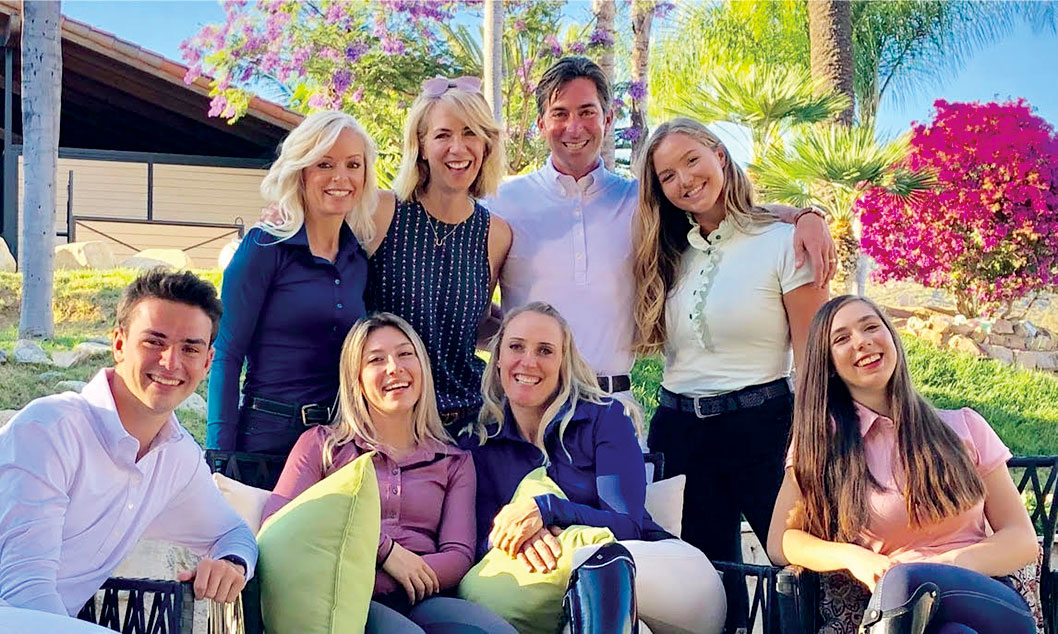
Pristine equestrian fashion, ocean cleanup, a mother daughter team living out their dream under the canopy of palm trees. It doesn’t seem like these things should go together, but at An Capall they are as tightly linked as you are to your horse. An Capall equestrian may sell fashionable, high quality sun shirts, but they’re bigger than a clothing line. From the name, which means “of the horse” in Gaelic, to their commitment supporting women in business, founder Jessica Eaves Mathews’ company is much more than pretty clothing. Cover story for The Plaid Horse 2019 Fashion Issue. Fashion spotlight to showcase An Capall, an all women-run business who creates fashionable riding clothing from sustainable sources. Read entire article.

Street clothing designs mimic equestrian style season after season for a reason—we’re a fashionable group. But what do riders need in their apparel? Clothes have to be comfortable, durable for long days at the barn. The most brilliant shirt doesn’t mean anything to a trainer if it’s snagged by the time she hops on her third horse. However, just because we need our clothes to withstand the test of the barn doesn’t mean we’re willing to sacrifice on design. Hunter/jumper riders in particular have a third element we want in our apparel—a look that compliments, versus clashes, with our horse. We love classic style, subtle colors and fashion reminiscent of the roots of our sport. Arista Equestrian, with their stylish schooling tops, show apparel and outerwear hits all these requirements for the discerning rider. Fashion profile for company looking for exposure in different equestrian riding disciplines. Published in The Plaid Horse magazine, September 2019. Read entire article.
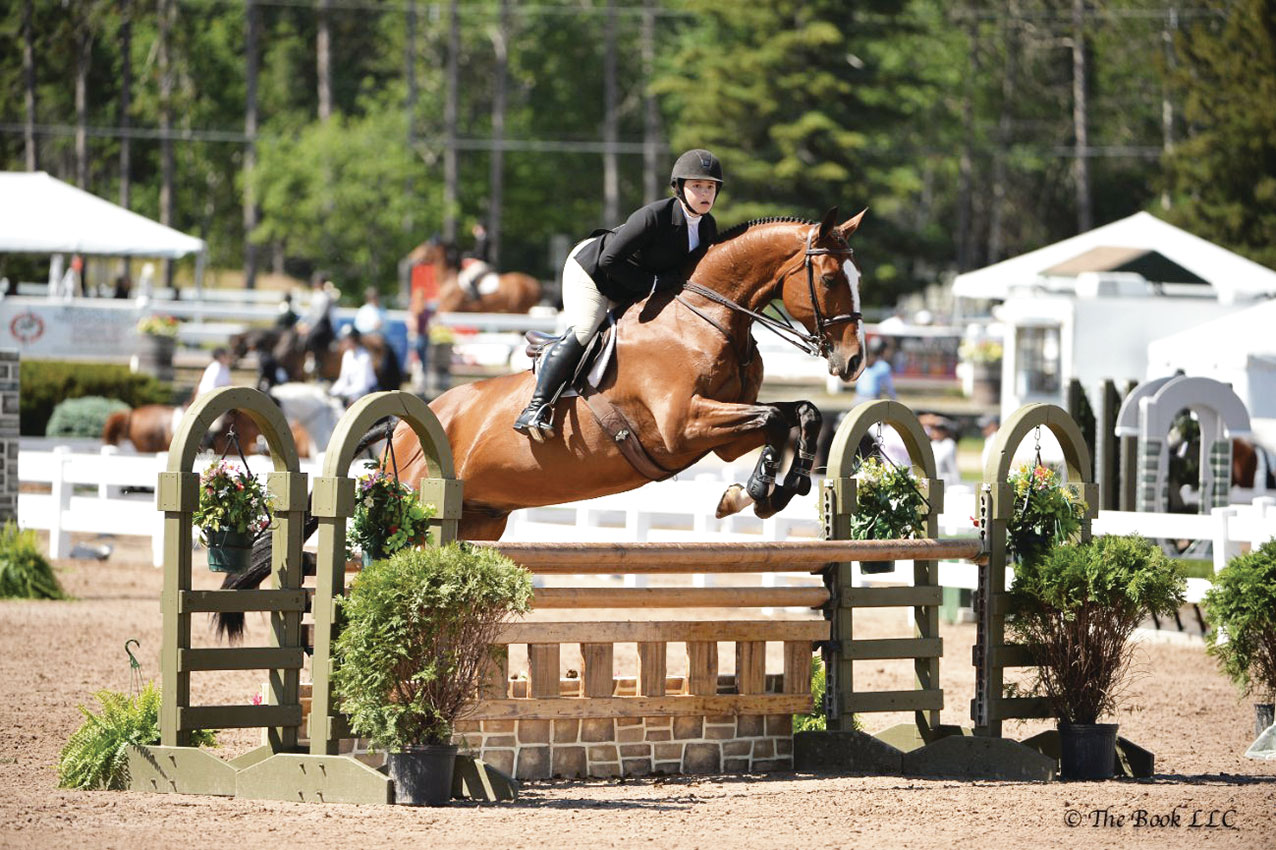
How do you feel when you enter the ring at a horse show? Worried about the two stride that looks a little long, or concerned about keeping your green horse from bulging by the judge’s stand? Anxious about all the eyes watching, your family that drove in special for the Sunday medal. Scared you’ll disappoint your trainer, that you’ll fail to be perfect. How do you want to feel? Determined to add a little more leg through the combination, and prepared for some wiggly, baby horse moments? Focused on the task at hand—finding eight jumps as best as you can—with the knowledge that your family, barn and otherwise, will high five you after your course no matter what the outcome. Assured, knowing your trainer will calmly discuss your rounds after, even if you have a bobble, and that a “perfect” trip is only a series of good moments. At Grafton Ridge LLC, trainers Michael DelFiandra and Vanessa Roman have combined forces to ensure that their riders walk into the ring with the knowledge they belong and are prepared to compete with the best. Trainer showcase to announce a new business partnership. Strong focus on mental health and coaching within the equestrian industry. Published in The Plaid Horse magazine, August 2019. Read entire article.
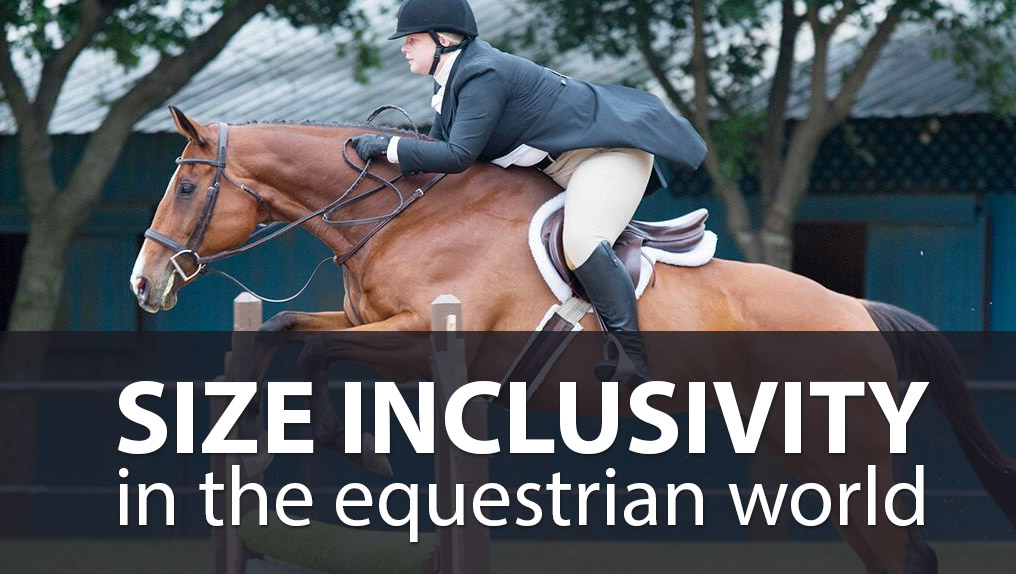
In the spring of 2013, my equestrian life was in a better place than it had ever been. I had a new horse, a young off the track Thoroughbred that loved his job and learned quickly. I had a patient trainer who held my hand through fears and anxieties until I was brave enough to jump around a course competently. I had a good job with a salary that could afford luxuries like extra lessons and horse shows, and I had a packed show schedule ahead of me with great options in the town that I lived in. The problem? I also had about forty extra pounds. At the time where everything finally clicked in the horse-trainer-budget trifecta, I was the heaviest I had ever been. And after years of bad matches, injuries and inconsistent riding, I was desperate to get back into the show ring. The choice to overcome my insecurities to compete in the sport that I loved was an easy one, but finding apparel to wear for competition was not. A blend of personal narrative and retail showcase for businesses offering plus size equestrian clothing. One of the first body positivity themed posts in equestrian media. Published at The Plaid Horse magazine, September 2018
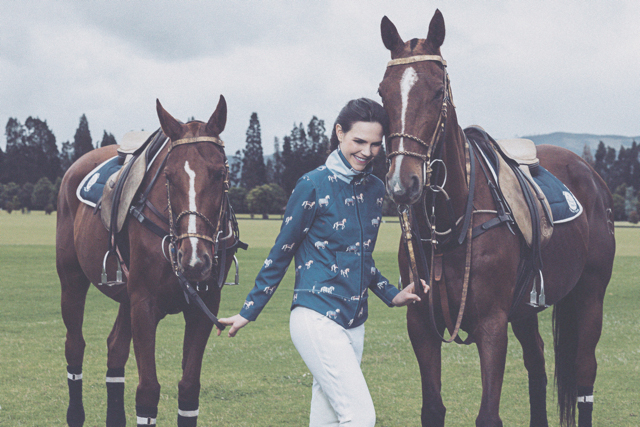
Three intelligent, creative women walk into a barn — it’s not the start of a joke, but instead the formation of a global fashion brand, Rönner Design. When driven women put their minds to something, nothing can stop them and the Rönner ladies are no different. Utilizing their unique blend of talents and style, mother Ines Rönner Stellabati and her daughters, Carin and Jessica, form a trio of entrepreneurs creating a splash in the global market with their company, Rönner Design. Though the company is based out of Bogotá, Colombia, Rönner Design carries influence that extends further than South America. Ines was originally born in Colombia, but moved back to Germany as a young baby with her parents. Growing up in Europe, she became an accomplished dressage rider, earning her bronze medal and top honors in Germany. However, her South American roots continued to intrigue her. “My only connections to Colombia were the stories my mother told me,” Ines explained. When she was 22, she decided to live out some of those stories for herself and booked a trip back to the country where she was born. “I was curious and wanted some adventure, so I planned a three-month trip to Colombia. That three months turned into 35 years.” Family business spotlight to showcase exceptional fashion in the equestrian industry. Published at Sidelines Magazine. Read entire article.
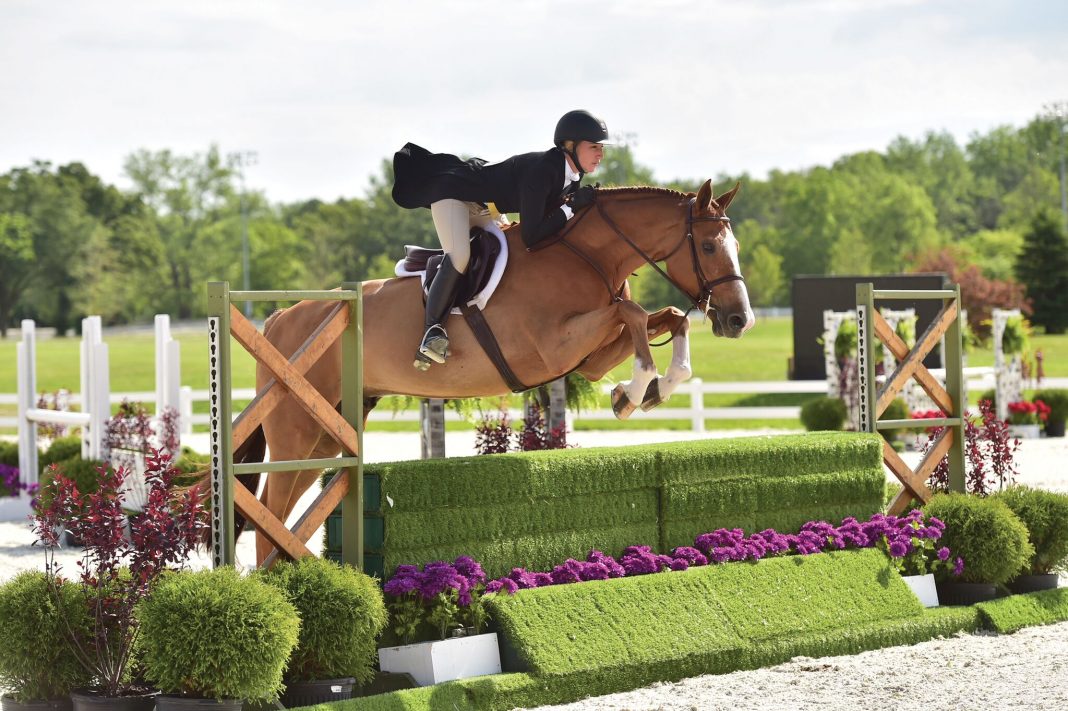
When you walk through a horse show, you weave through a wide sampling of equestrians. Some are born into it, growing up on perfectly turned out, fancy ponies. Others have clawed their way to get there, hitting the dirt off of problem horses and scraping pennies together to afford the fees. But in the ring, we’re all there together no matter where you come from, and nobody knows that better than Sue and Katie Leverick of Millennium Farm in Hawthorn Woods, Illinois. Like many trainers in our sport today, Sue and Katie grew up on the back of a horse… but the saddle looked a little bit different. As a kid, Sue rode western and did barrel racing and pole bending speed events. Later she started riding English and taught up down lessons for extra cash. It wasn’t until her daughter, Katie, started riding that Sue sharpened her focus on the hunter/jumper circuit. “I attended a lot of clinics, found mentors that would help me and began piecing it together,” she said of her quest for more education. “Using a lot of what I learned as a kid in the riding school of hard knocks, I took the guidance and combined it all to develop into a program.” Barn profile written on Chicago based facility, Millennium Farm, to increase exposure, showcase facilities and trainers to new clients, and prove that self-made equestrians are possible in an expensive sport. Published with The Plaid Horse magazine, September 2018. Read entire article.

With song lyrics about cowboys and mustangs, a love of horses is an organic complement to Lacy’s musical passions. “When I first saw a horse, it was the most beautiful thing in the world to me,” she said. Her sister had a riding stable and competed in barrel racing, but Lacy herself prefers a more relaxed setting for riding. “I like to take a horse and my dog and go out into the wilderness and interact with the animals,” she said about trail riding. “When you’re on the back of a horse, you get to see a lot more wildlife.” Perhaps it’s Lacy’s original fascination with wildlife that enthralled her with the wild horses of the American West. After all, it was their beauty and mystery that originally led her to settle in Nevada. After playing intense shows in Reno’s casinos, Lacy would head up to Virginia City to visit friends and relax after touring. On one of those early evenings with golden light spreading from the sunset, Lacy relaxed with a friend and a cup of tea and heard a strange sound coming from outside. She went out to the front porch to investigate, and saw a little band of wild horses walking up East Street. “I knew right then,” she reflected. “If these horses can be here and be wild and free, maybe I can too.” Feature on Lacy J Dalton, famed country singer, and her nonprofit organization which helps protect America’s wild horses. Published with Sidelines Magazine. Read Entire Article.
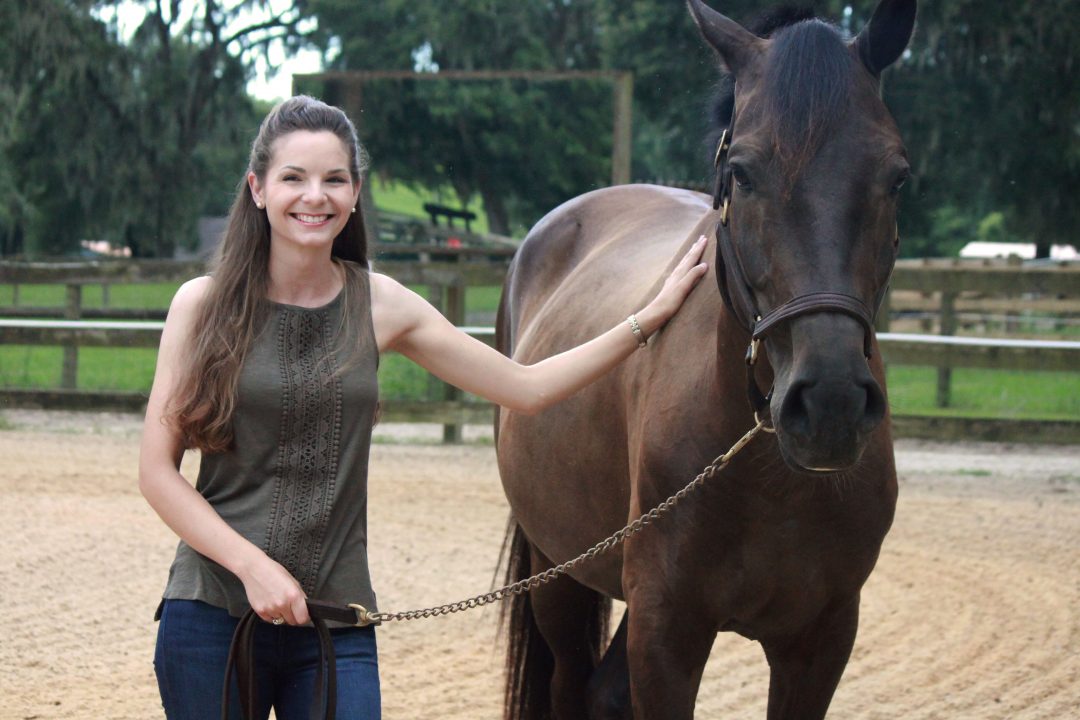
“No” isn’t a word that stops Kat Chrysostom, owner and designer of Benefab®. It didn’t stop her from beginning riding lessons on her 4th birthday, even though the barn’s official starting age was five, and it didn’t stop her when a riding accident fractured her C2 vertebrae. “I spent a little over three months in a halo traction device… bedridden for most of those three months, and in an out of paralysis. My right side was immobile,” Chrysostom said about her injuries from that fall. When these symptoms, plus excruciating migraines, lingered long after the halo device was removed, a neurosurgeon from Dartmouth College suggested she try a holistic approach – infrared light therapy. Business feature written to showcase entrepreneur Kat Chrysostom’s story of overcoming a horrific accident to build her company, Benefab. Incorporates personal narrative and innovative research regarding ceramic fabrics. Published in The Plaid Horse Magazine, October 2017. Read entire article.

Susie saw the world from the back of a horse by the time she was 3 years old, and built her life around them. She spent her youth with horses, going from foxhunting to the show ring to bareback trail rides in the woods. Moving into training and judging was a natural progression for someone as devoted to horses as Susie, who sees judging hunters and equitation as a complex equation to solve. “It’s like putting a puzzle together — starting with the first horse and putting them in order by quality of jump, quality of animal and smoothness of trip,” she said. Susie has put this puzzle together at the top horse shows in the country, judging everything from Devon to the Maclay Finals until the stresses and hassles of traveling pushed her to cut back her schedule. Though still judging the occasional horse show for the sheer enjoyment of it, Susie recently has been following another classic pursuit — an appreciation and preservation of art. Profile to showcase Susie Humes lifelong career in equestrian sports, as well as her art collection and historic home. Published in Sidelines magazine. Read entire article Photo © Shelby Phillips
Literary Nonfiction
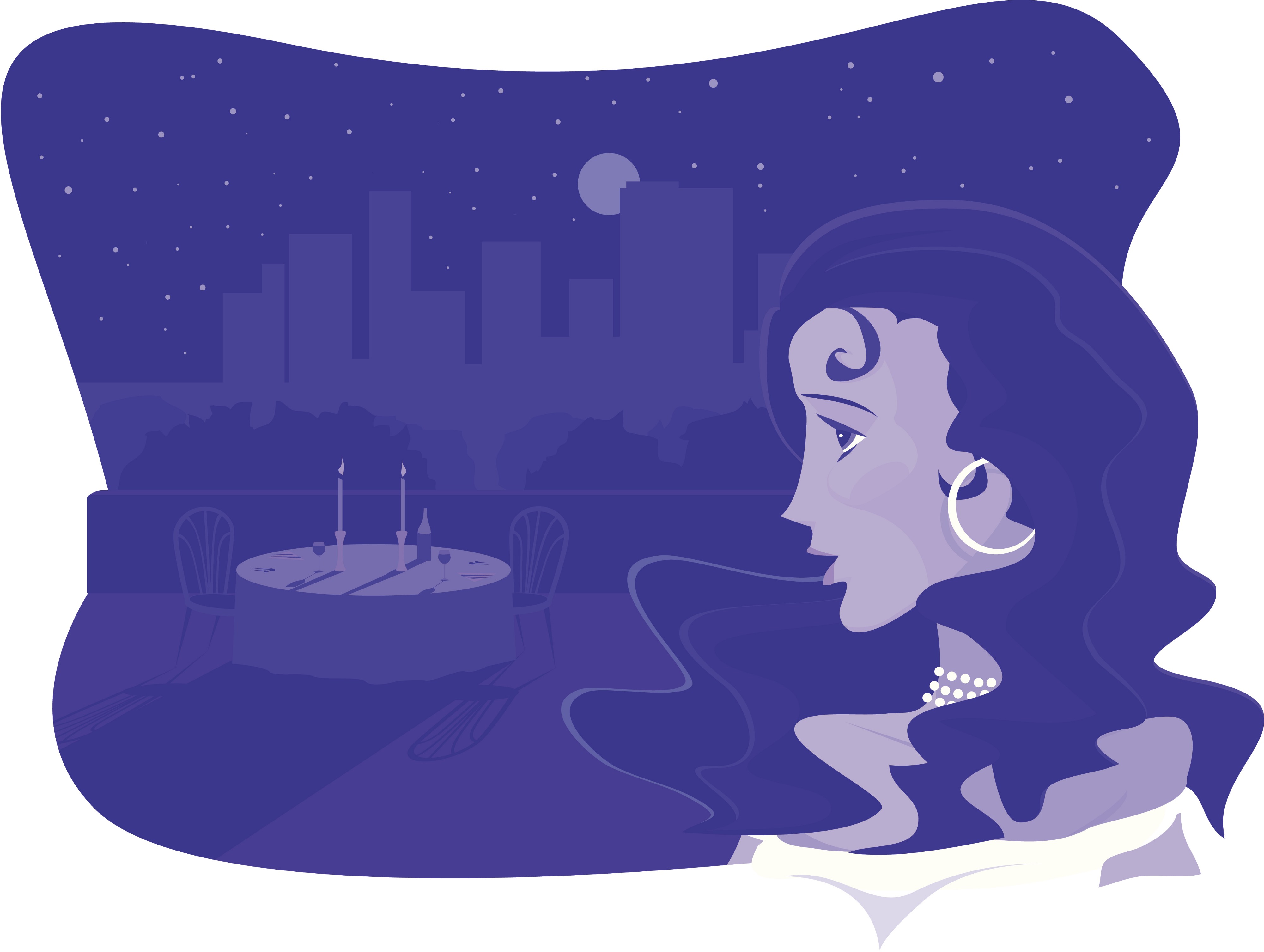
When We Match No shirtless mirror selfies. No photos of dead animal trophies. Be a little bit chubby. Have a little bit of facial hair, or don’t. You can’t be too tall. Say you’re into photography or writing or art. Tease some sensitivity. Give a hint that you might have been married before. Like dogs, but don’t have them. Be from the East Coast or Texas. Spark something in me that feels like promise. When We Message Tell me my dog is adorable. Know basic grammar. Make a silly joke about anteaters. Be candid, but don’t overshare. Send an animated GIF of an animal. Keep the conversation light and short. Don’t ask me about my last relationship. Don’t ask me “what I’m looking for.” Instead, ask to meet me for a drink. Originally published with Quarter After Eight literary journal. Micro-essay, featured story on Medium.com’s “Human Parts.” Read entire essay.
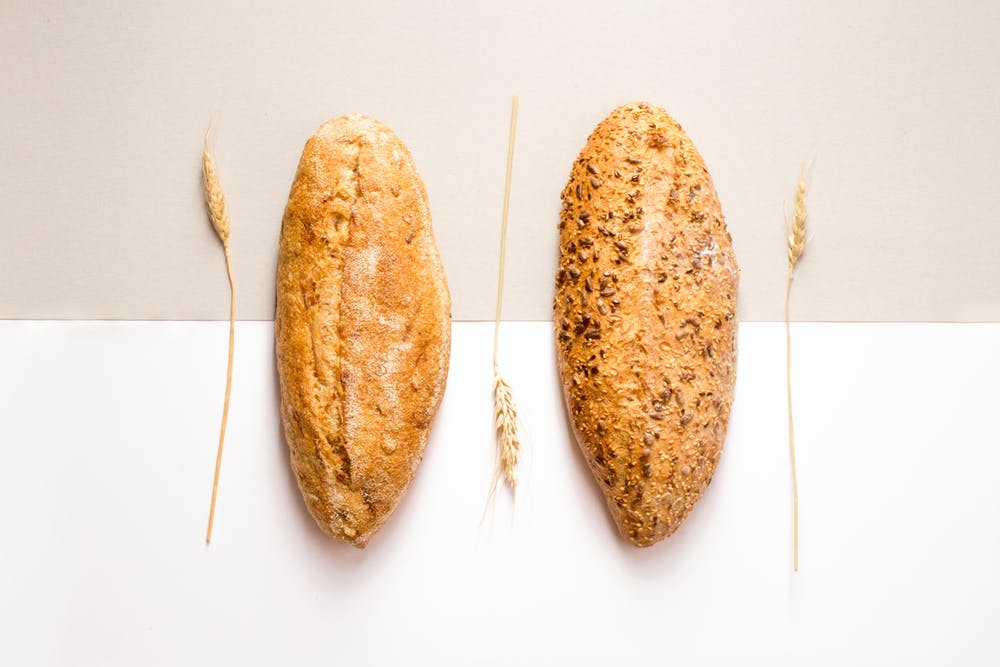
Last week, I dreamt I was eating a bagel. Not a New York bagel, the outside crisp and sprinkled with poppy seeds, toasted flakes of onion and tiny, square cubes of salt. No, the dense, bready pre-sliced kind you buy in plastic bags. It was the closest I got to bread in a week. I cut carbs. No bread, no sugar, no potatoes. If we were having this conversation face to face, you’d probably imagine I have terrible eating habits. Crinkly bags of colorful candy, piles of glazed donuts, giant folded slices of pizza with sauce oozing out the edges and dark spots of grease growing underneath it on the cardboard box. You might raise an eyebrow at what I’m eating in lieu of carbs – high amounts of animal fat and protein. The Keto diet. Hardly a diet if it includes bacon. Don’t worry – I secretly think all of this too, because I’m a fat person. Read Entire Essay at Mud Season Review

Migraines run in my family. Growing up, they were the only ailment that ever forced my mother out of commission. She’d power through a stomach bug or cold, but the migraine’s white, popping focal auras and drilling pain forced her to retreat to her bedroom. Door shut. Lights off. My brother and I knew to leave her alone. That if we played with my toy horses down the hall, we had to run the farm silently.Our house felt quiet, lesser, without her fully in it. It made me uneasy, like the cream colored walls lining the hallway were waiting to crumble. I needed to tiptoe down the carpet to her door, sock feet stepping over the squeaky spot by the top of the stairs, and turn the knob slowly so it wouldn’t whine and announce me. Leaning one eye towards the crack, I saw my mother resting in bed with a heavy copy of Southern Living magazine balanced on her forehead. The pages didn’t move with her delicate breaths. I shut the door as slowly as I opened it, waiting to pull my palm away from the cool brass knob until I heard the latch slide into place. Read the entire piece at Modern Loss »
